Estradiol (E2) is a key estrogen that guides menstrual cycles, fertility, bones, and overall wellbeing.
Securely stored in EU
Cancel anytime
Test 100+ biomarkers
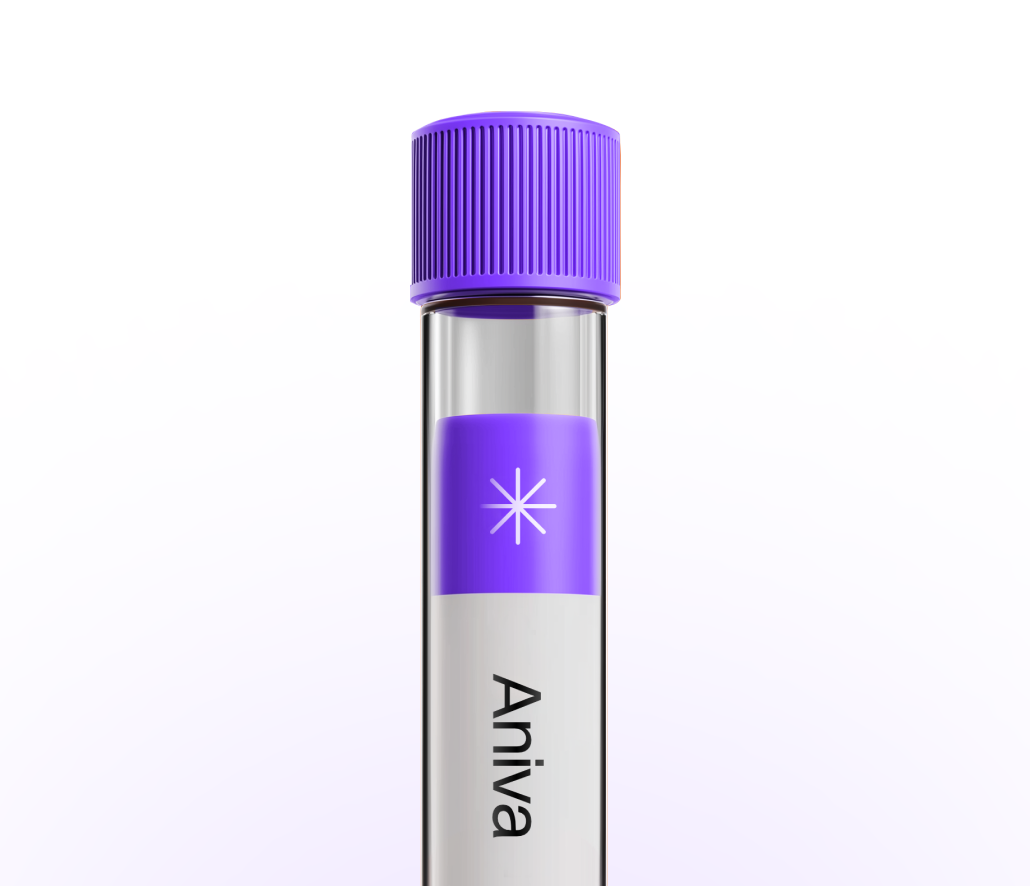
Less than 5 minutes waiting time. One
simple test at one of our 20+ locations.
Get your lab reports within one week.
Accessible on our app and per PDF.
All your health records stored
in a single, convenient place.

Clinicians order estradiol to understand menstrual or ovulation changes, support fertility planning, and assess menopause symptoms. It also helps monitor hormone therapy, ovarian stimulation, or estrogen balance in people with testes. Results can guide follow-up tests, timing of repeat checks, or medicine adjustments. You can test this marker with Aniva across Germany and Finland.
Clinicians order estradiol to understand menstrual or ovulation changes, support fertility planning, and assess menopause symptoms. It also helps monitor hormone therapy, ovarian stimulation, or estrogen balance in people with testes. Results can guide follow-up tests, timing of repeat checks, or medicine adjustments. You can test this marker with Aniva across Germany and Finland.
High: Can be normal around ovulation or during pregnancy. It may also rise with estrogen therapy, ovarian cysts, certain medicines, or liver conditions.
Low: Common after menopause or early in the cycle. It may be seen with missed periods, very low body weight, intense training, or after ovary removal. In people with testes, out-of-range estradiol can reflect testosterone balance or aromatase activity. If results don’t fit your situation, repeat at a consistent time and discuss next steps with your clinician.
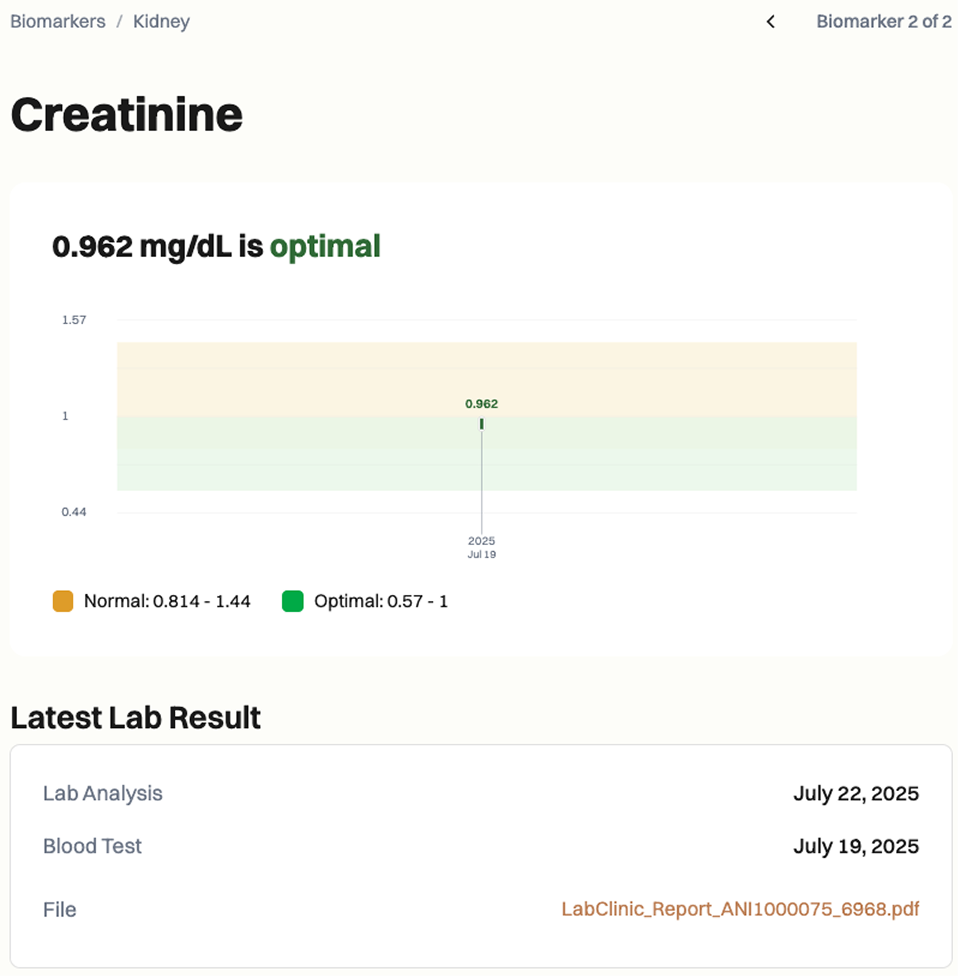
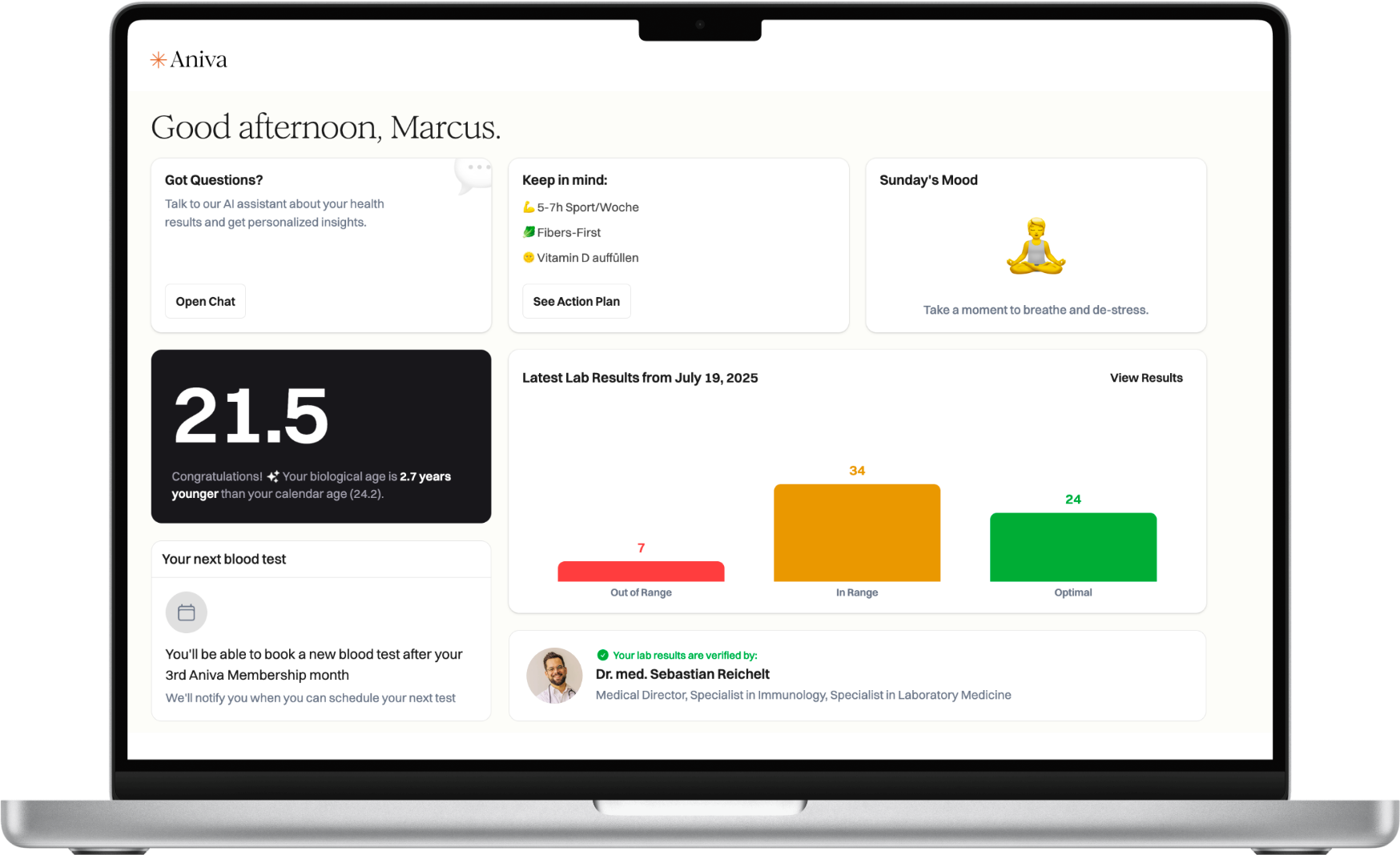
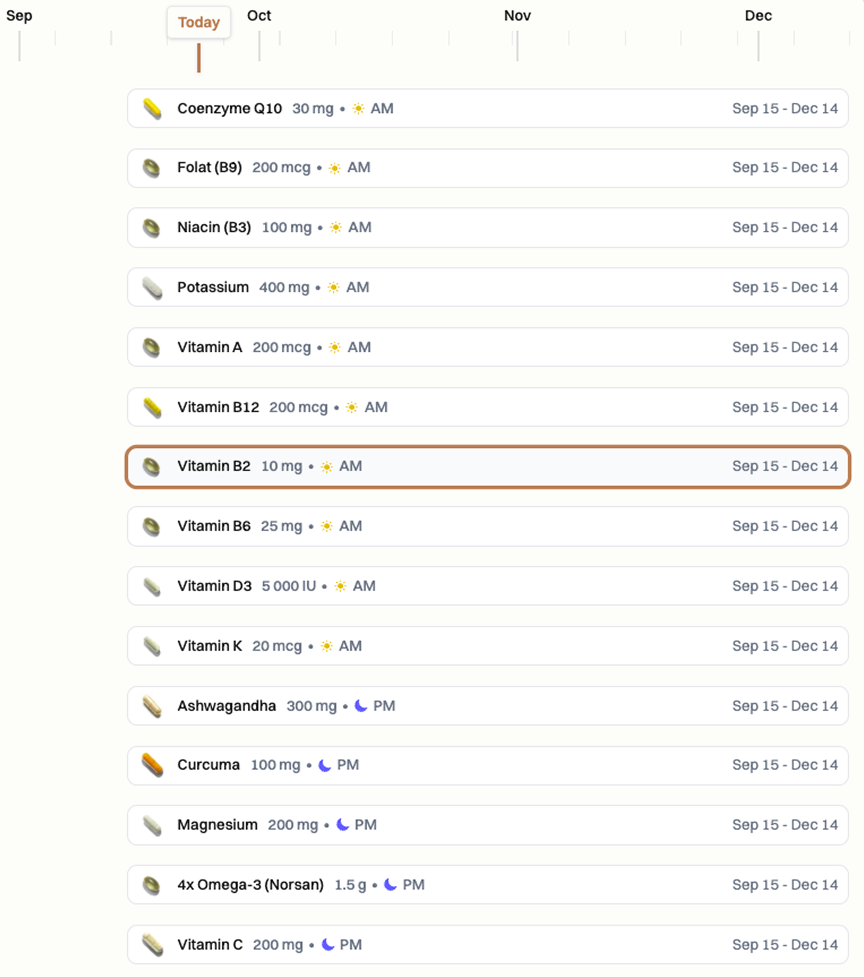
Common factors that can skew results include cycle day, time of sampling, recent hormone doses, and pregnancy. Birth-control pills, estrogen patches or gels, fertility injections, aromatase inhibitors, SERMs (like tamoxifen), and testosterone therapy can change levels. High-dose biotin (vitamin B7) can interfere with some immunoassays. Acute illness, dehydration, heavy exercise, alcohol, and major weight changes may also shift results. For consistency, test in the morning when possible and note your cycle day or therapy schedule.
Special situations … consider repeating aligned to cycle day, pausing biotin for 24–48 hours, or confirming with LC-MS/MS if results seem inconsistent.
What does an estradiol result mean? It reflects your current estrogen level. Context matters—age, cycle day, symptoms, and other hormones help interpret it.
Do I need to fast for this test? No. You can eat and drink normally unless your clinician advises otherwise.
When is the best time to test? For baseline, many test on days 2–5 of the cycle. To see the surge, test near mid-cycle. If on hormone therapy, follow your dosing schedule consistently.
Which medicines or supplements affect results? Birth control, estrogen therapy, fertility meds, aromatase inhibitors, SERMs, and testosterone can shift levels. High-dose biotin may skew some assays.
How often should I check estradiol? It depends on your goals. For fertility or therapy monitoring, your clinician may advise targeted checks or repeat tests across a cycle.
How long do results take, and what should I discuss? Most results return in 1–3 working days. Share your cycle day, symptoms, and medicines to plan any follow-up testing.

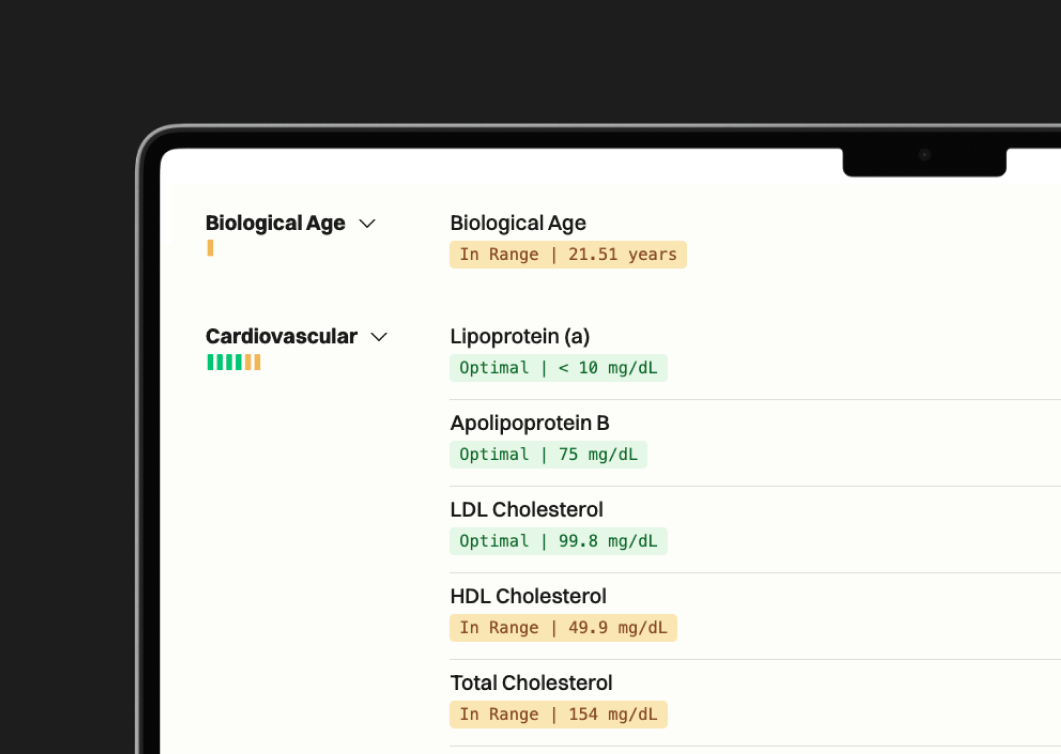

One annual blood test (100+ biomarkers)
Clinician-reviewed insights
Personalized action plan
Access to our AI Concierge
Access to curated products


63%
44%
70%